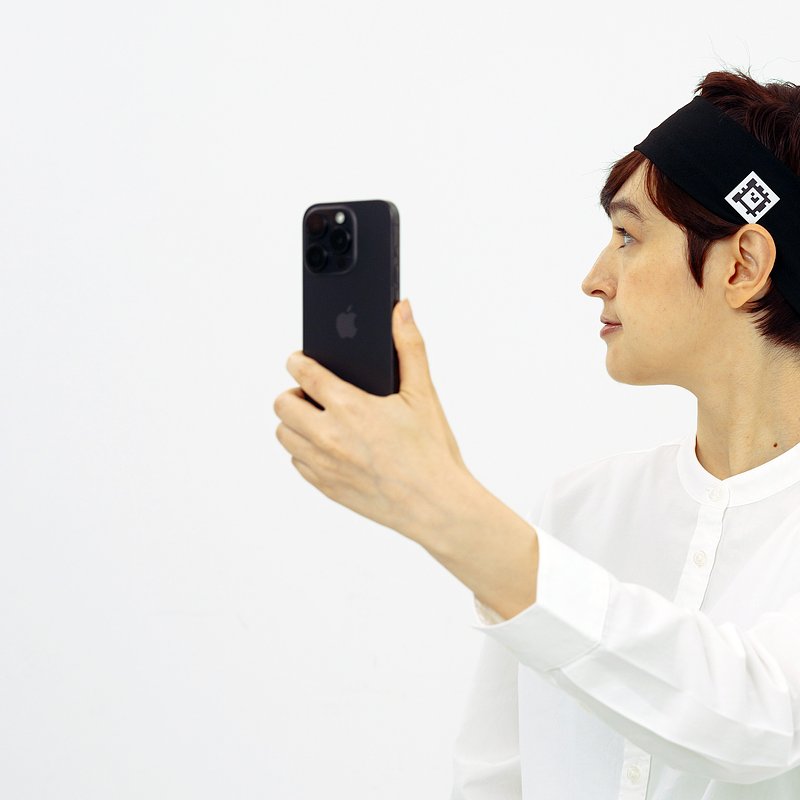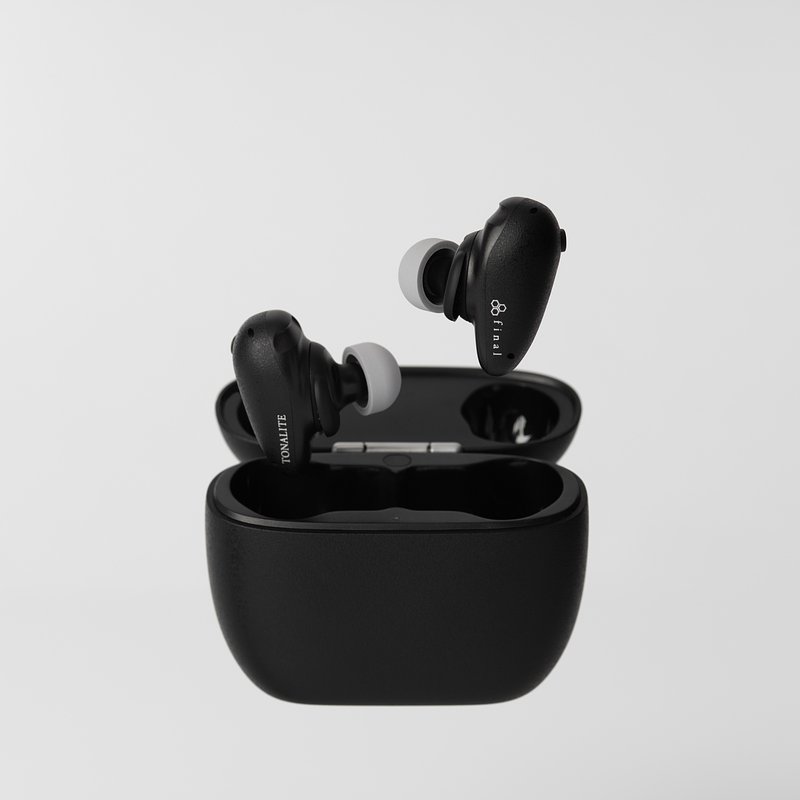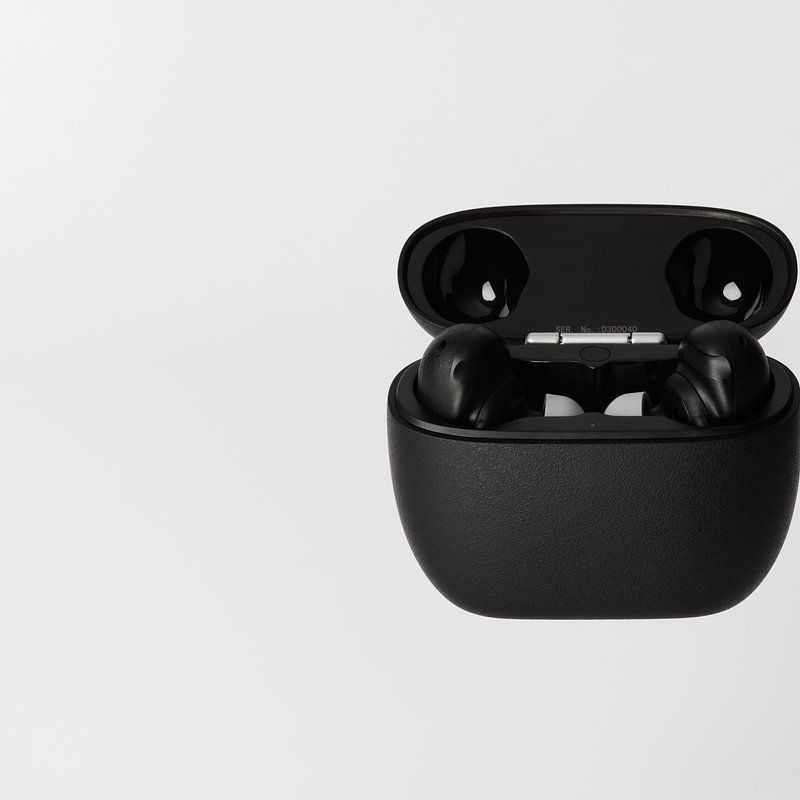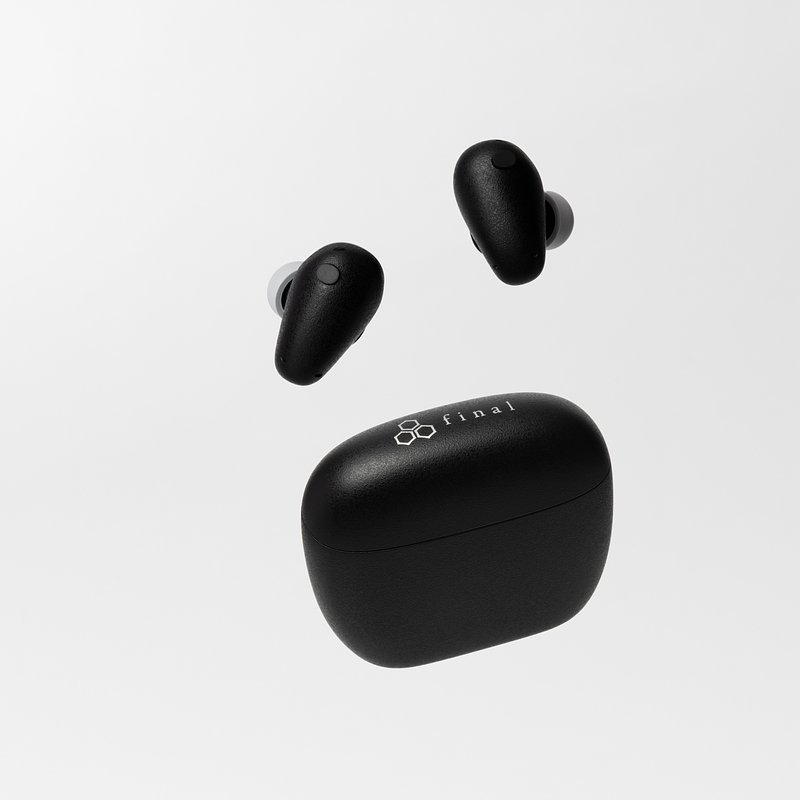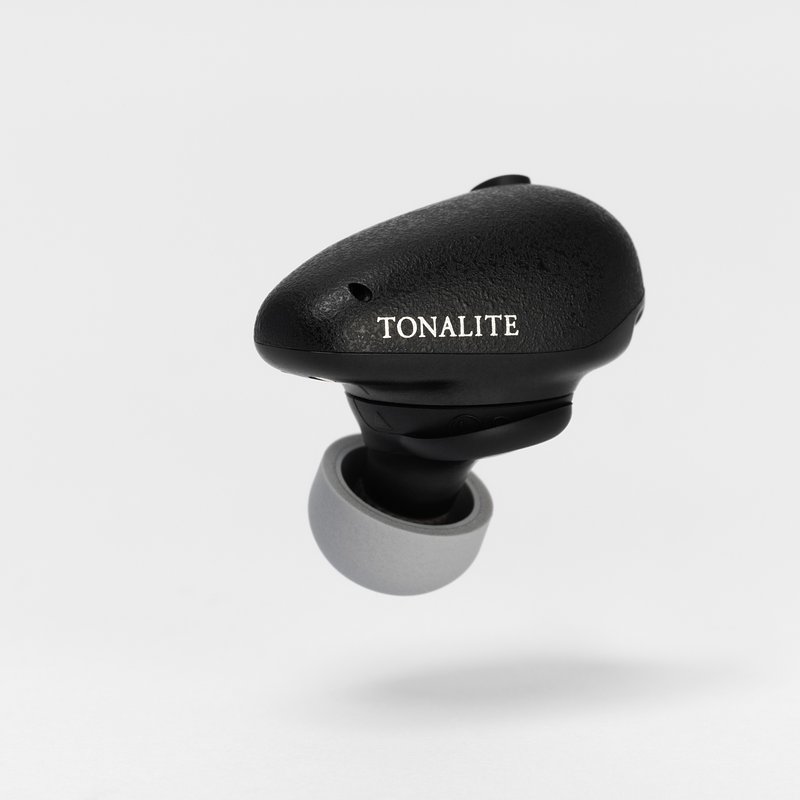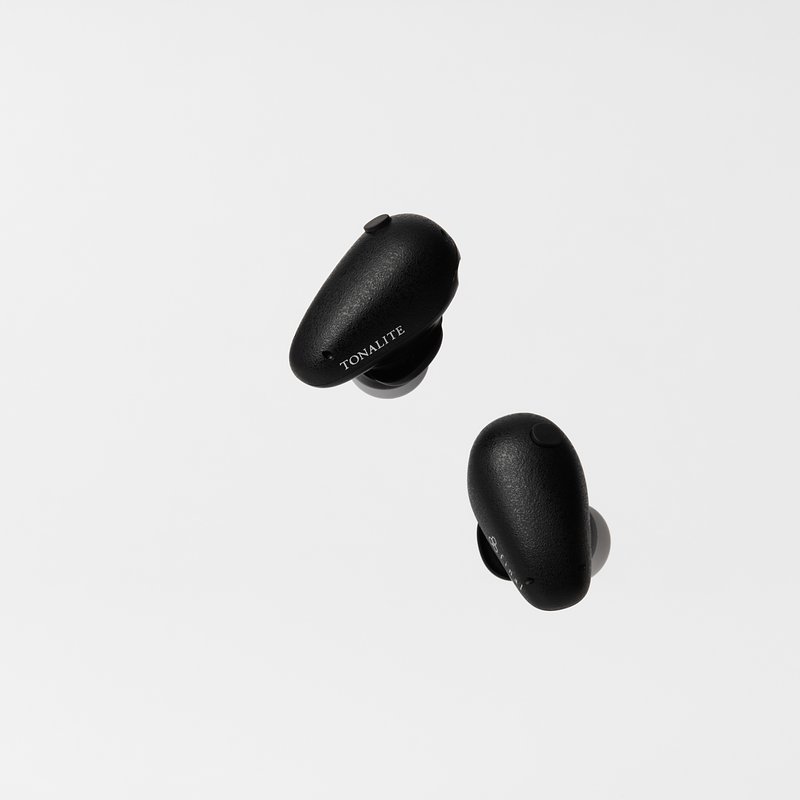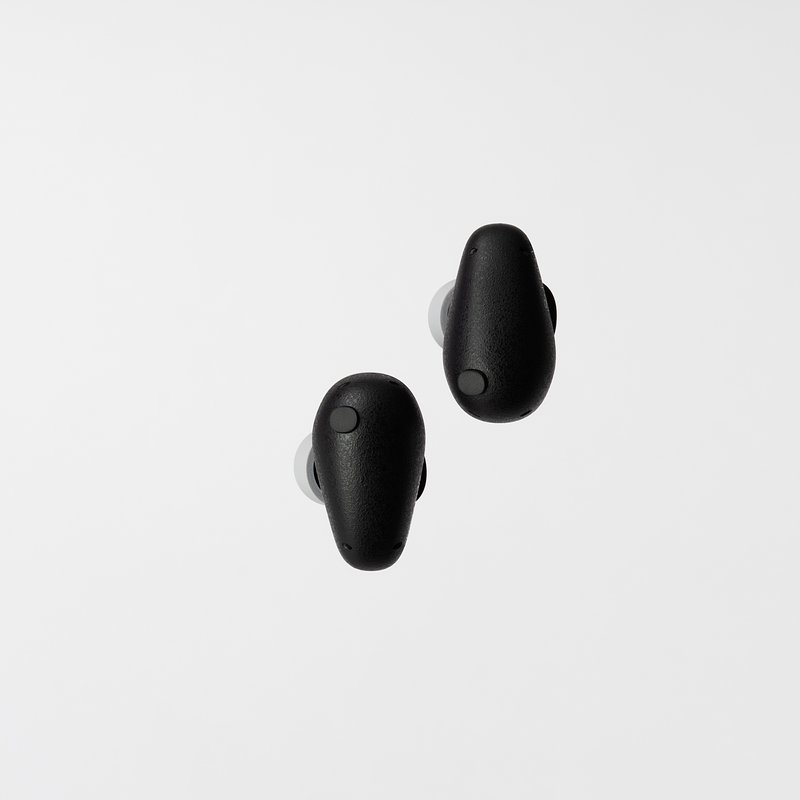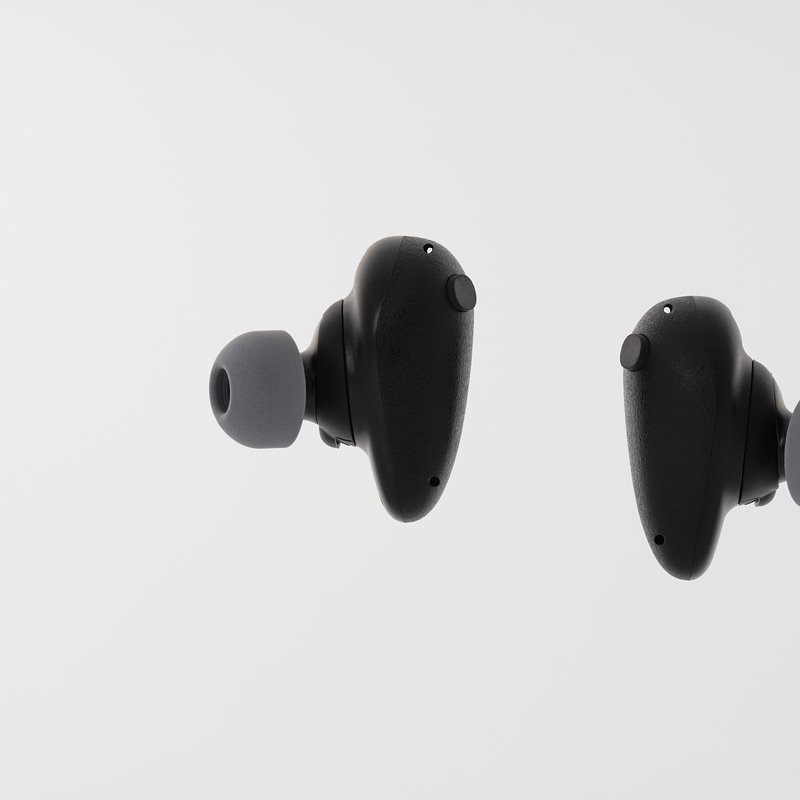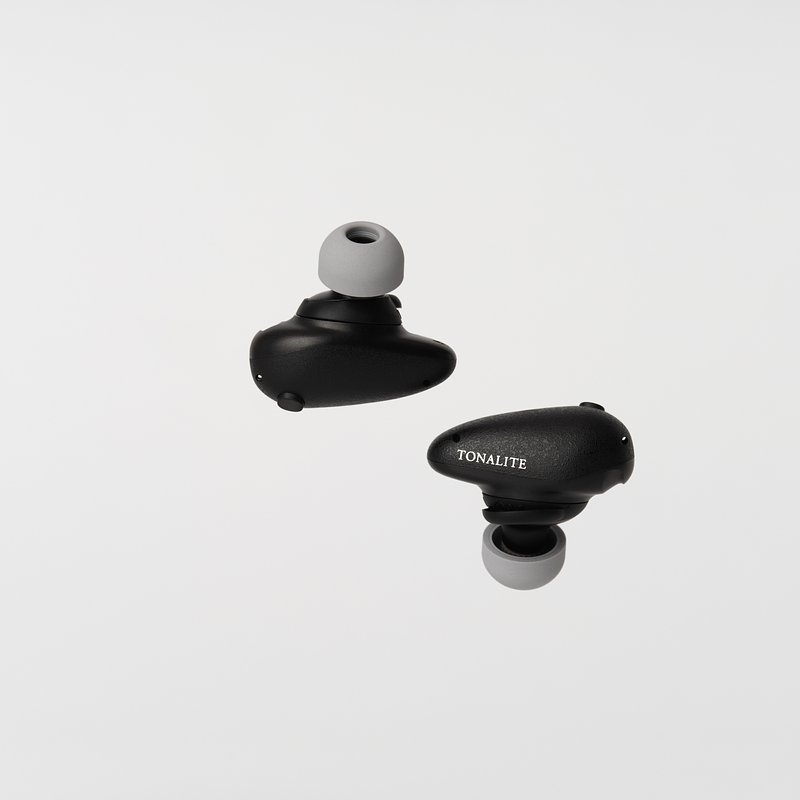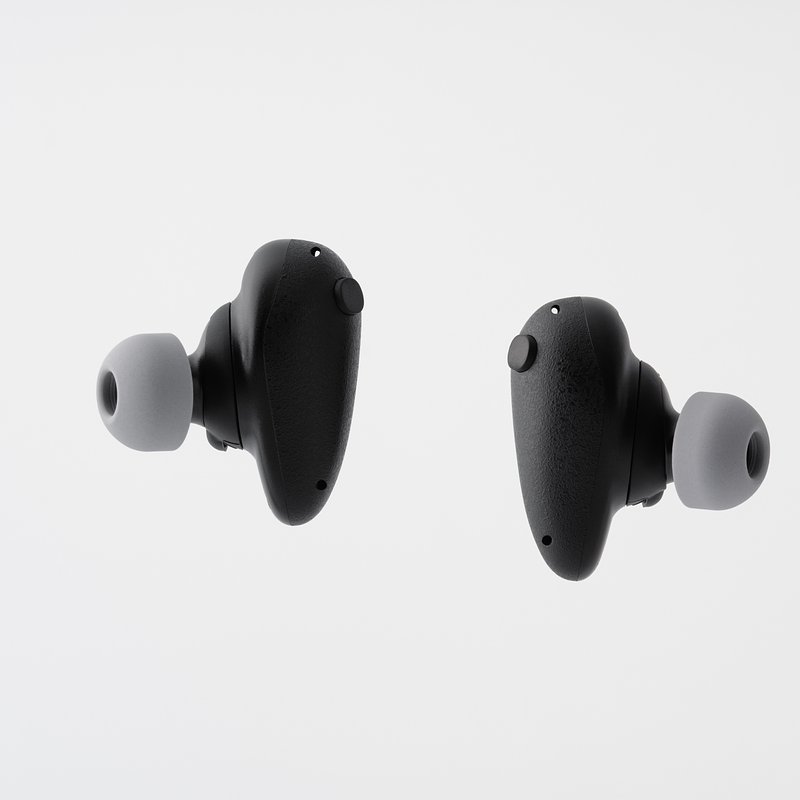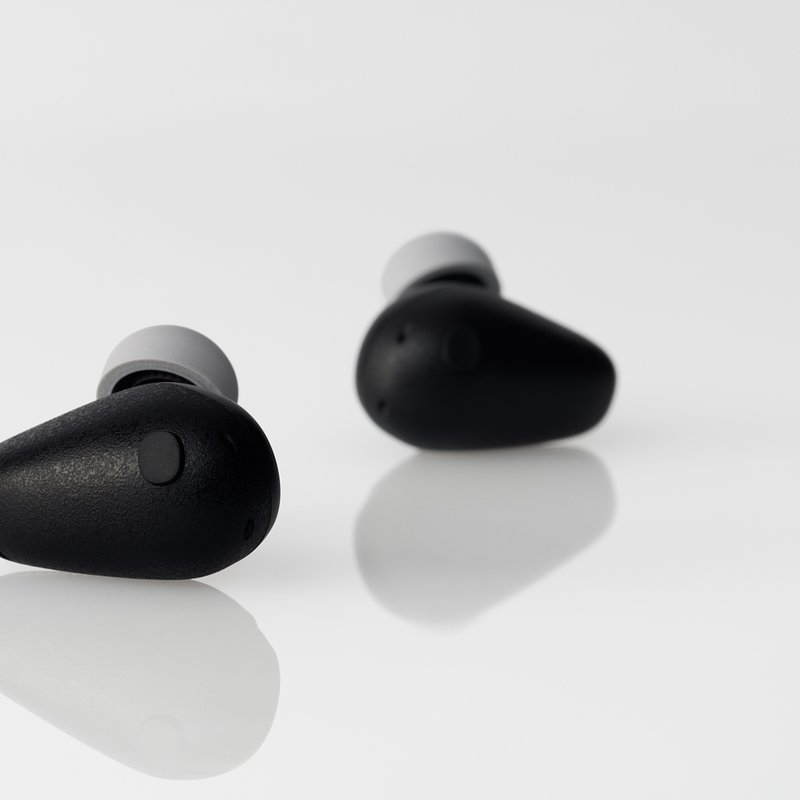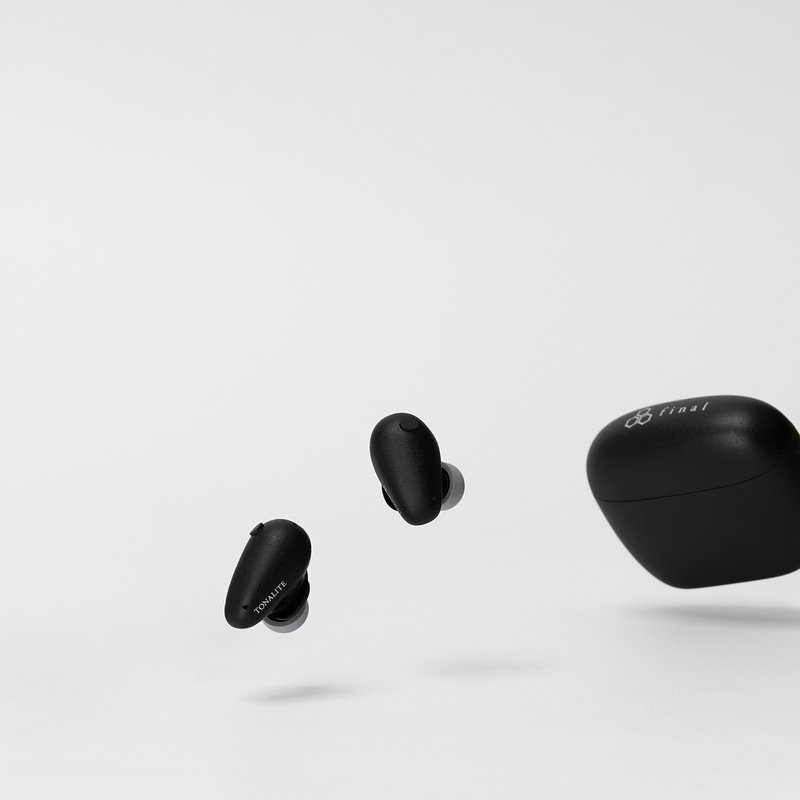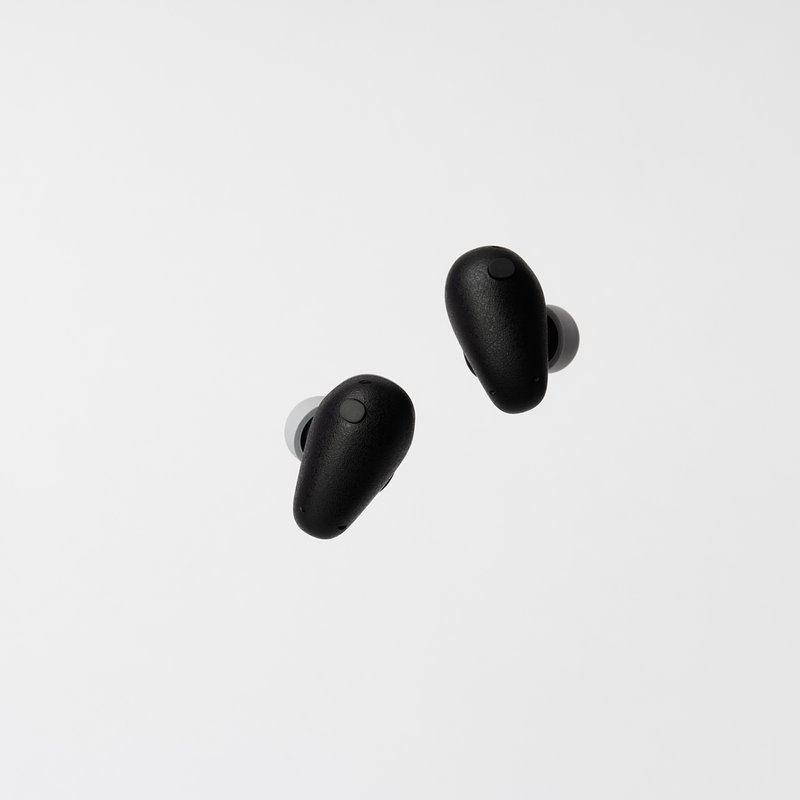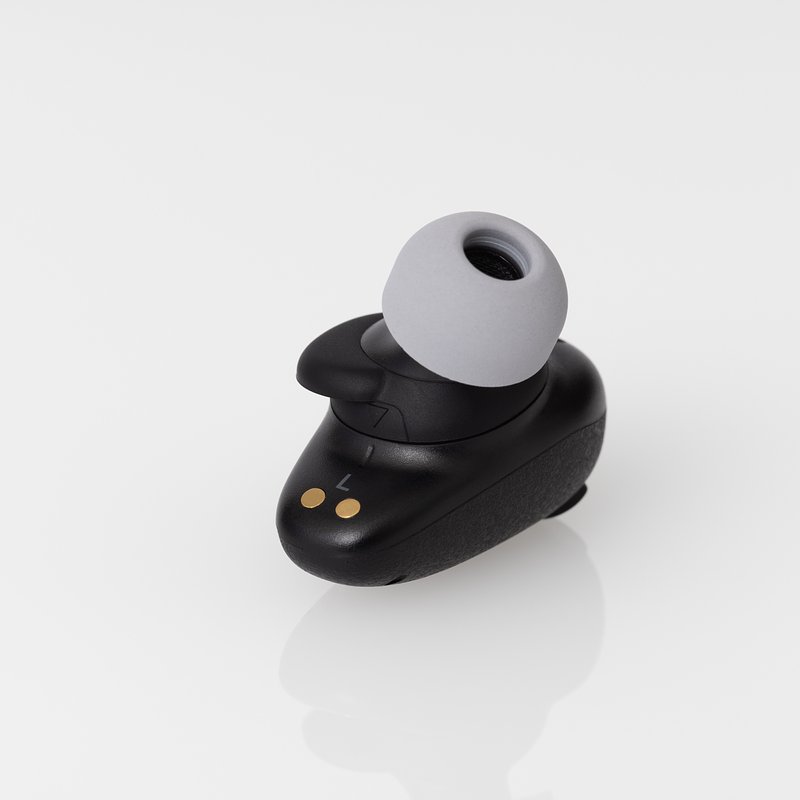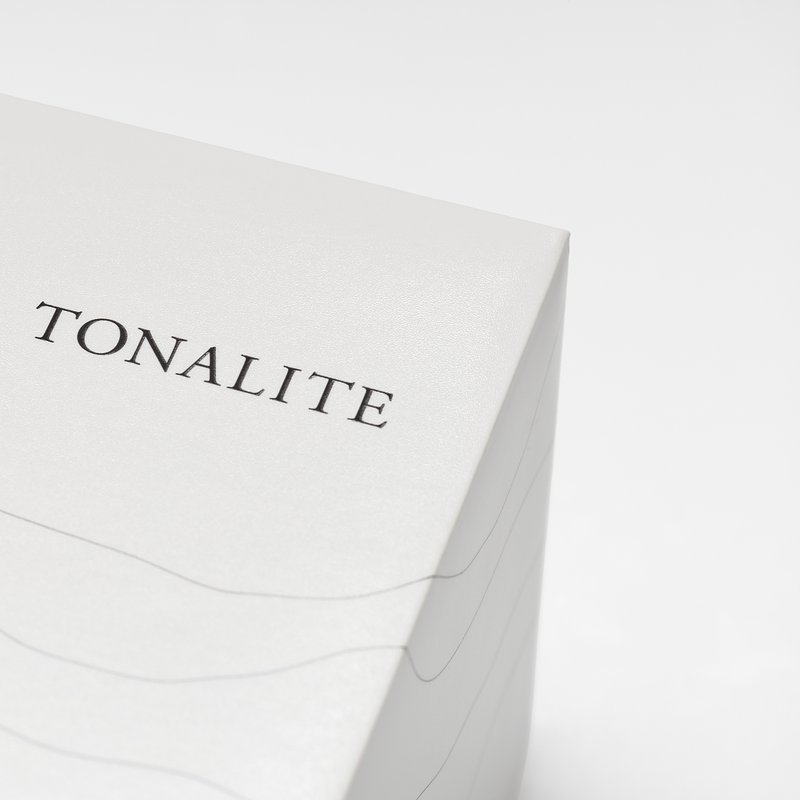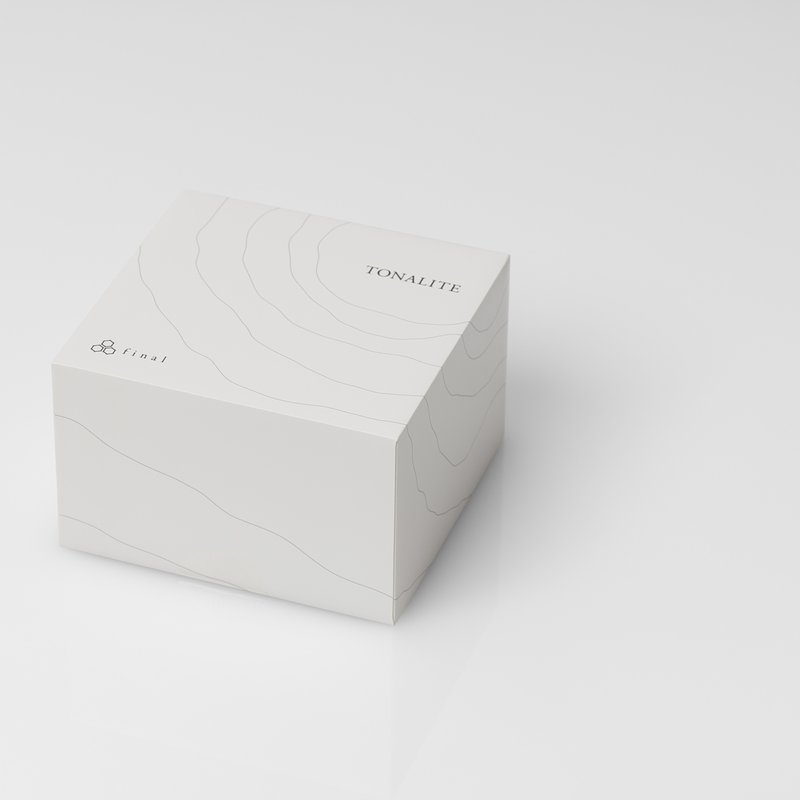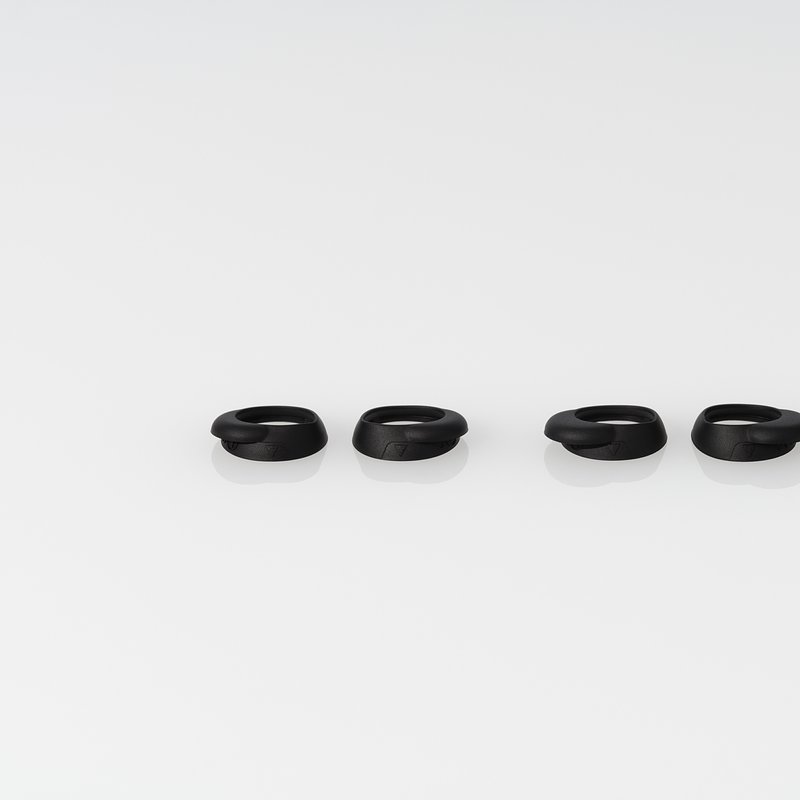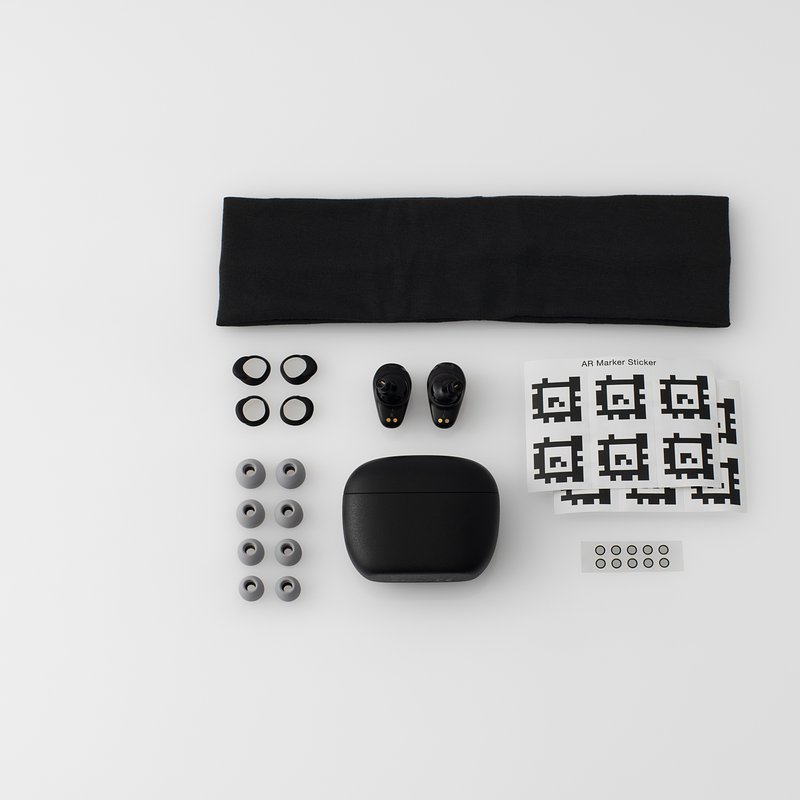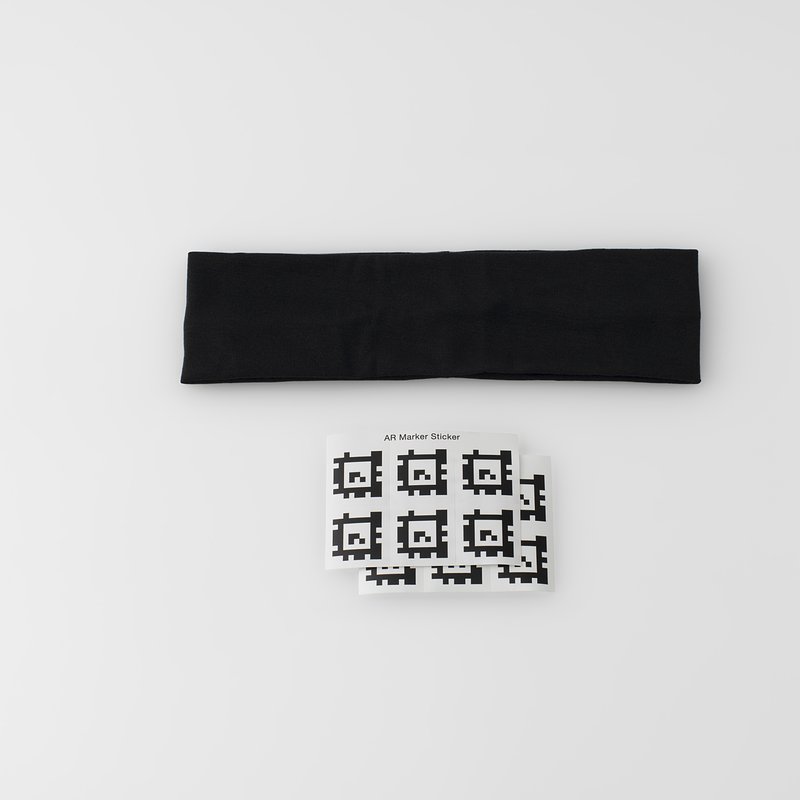Guided by a dedicated app, redefining personal audio through revolutionary Digital Twin Audio Simulation
Brighton, UK – 11th November 2025 – Final are proud to unveil TONALITE: a groundbreaking pair of true wireless earphones that marks a major evolution in personal audio.
Designed to replicate the tonal characteristics of music in its purest form, TONALITE is the first earphone in the world to offer personalised timbre, the unique tonal colour and texture of sound, by analysing the listener’s individual anatomical features through advanced 3D head and ear scanning, all performed easily via the Tonalite app.
Pronounced /ˌtoʊ.nəˈliː.teɪ/ and inspired by the French word Tonalité ("tone"), the name TONALITE reflects the brand's vision: to deliver music not just with technical precision, but with the depth and nuance it was originally intended to convey.
TONALITE will be available to back on Kickstarter from 11th November to 2nd December 2025. The MSRP is $329.00 and early supporters will be rewarded, with the first 500 backers receiving 25% off, and all subsequent pledges during the campaign enjoying 15% off. Shipments will begin immediately after the campaign concludes, with general availability following in mid-December 2025, once all Kickstarter orders have been fulfilled.
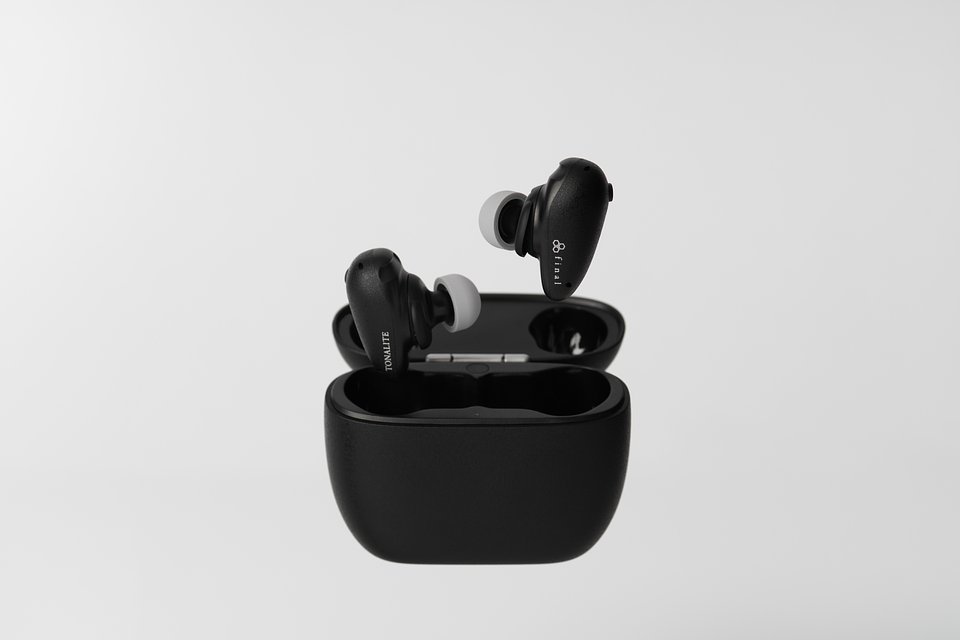
A Listening Experience Built Around You
What sets TONALITE apart is its deeply personalised approach — made possible by an intuitive 3D scanning process performed entirely through the Tonalite app. Using your smartphone camera, the app performs a detailed 3D scan of your head and ears, capturing every curve, contour, and surface. This process is guided step-by-step within the app and takes only a few minutes to complete.
Once the scan is finished, users are invited to complete a ear canal acoustic measurement in the final App to further refine their individual acoustic model. The combination of these two data sets, anatomical scanning and ear canal measurement, is processed securely in the cloud using final’s proprietary DTAS (Digital Twin Audio Simulation) engine. DTAS uses advanced auditory modelling to simulate how sound waves travel around your head and ear canals before reaching your eardrums, recreating how you naturally perceive timbre. The result is a Personalised Timbre Profile — a custom sound map designed specifically for your anatomy.
This detailed acoustic profile is then downloaded directly into your TONALITE earphones via the Tonalite app, allowing them to reproduce music exactly as your ears are meant to hear it — as natural, lifelike, and expressive as the artist intended.
The Science Behind the Sound
Every person’s anatomy alters how sound reaches the ear. Subtle differences in ear shape, head size, and canal structure can significantly affect how frequencies are perceived. Traditional earphones are built for a one-size-fits-all response — but TONALITE recognises that no two listeners hear sound the same way.
By integrating a precise 3D scanning process directly into the Tonalite app, TONALITE transcends the limitations of traditional tuning. The app measures and models your individual acoustic characteristics, creating a “digital twin” of your hearing environment. When music is played, TONALITE’s processing aligns playback with that personal model — correcting coloration, balancing frequency response, and restoring the natural tone that’s often lost with conventional earphones.
What is Timbre, and Why It Matters
Timbre, or tone colour, is what allows us to distinguish between different instruments or voices, even when they play the same note. It’s the element that gives a violin its warmth, a cymbal its shimmer, and a voice its emotion. Without accurate timbre, music loses its authenticity.
Through the 3D scanning process, TONALITE captures the acoustic influence of your physical shape — how your head and ears shape sound naturally. It then applies these insights to reproduce every instrument, voice, and tone exactly as it would sound in real life. For the first time, music feels organic again.
“Timbre is what gives sound its unique character, the colour and texture that make music feel alive,” said final. “Using advanced 3D head and ear scanning, TONALITE generates a personalised timbre profile through a precise mathematical model calculated on our cloud server, delivering music that’s uniquely tailored to you.”
Features
· 3D Head and Ear Scanning: Using your smartphone camera via the Tonalite app, create a detailed digital model of your hearing anatomy.
· Digital Twin Audio Simulation (DTAS): Advanced auditory modelling maps how your ear physically interprets sound.
· Personalised Timbre Profile: Generated from your 3D scan and auditory calibration for true-to-life sound reproduction.
· Hybrid Noise Control: Active Noise Cancelling and Ambient Modes for any listening environment.
· Tonalite App: Seamlessly manage scanning, profile setup, and sound settings.
Tech Specs
· Connection: Bluetooth 6
· Codecs: SBC, AAC, LDAC
· Playback: Up to 8 hours (24 hours with charging case)
· Charge time: 100 minutes (earphones), 100 minutes (case)
· Battery capacity: 100 mAh per earphone / 700 mAh case
· Codecs: SBC, AAC, LDAC
· Playback: Up to 8 hours (24 hours with charging case)
· Charge time: 100 minutes (earphones), 100 minutes (case)
· Battery capacity: 100 mAh per earphone / 700 mAh case
Pricing & Availability
· Kickstarter Launch: 11th November 2025
· MSRP: $329.00
· First 500 Backers: 25% discount
· All Other Kickstarter Backers: 15% discount
· Shipping Date: Begins 2nd December 2025 (campaign close)
· General Sale: Mid-December 2025
The Brand Behind the Breakthrough
final is one of Japan’s most respected high-end audio brands, renowned for combining art, science, and emotion. With over five decades of research and innovation, final continues to push the boundaries of how we experience sound.
The development of TONALITE was led by final’s acoustic engineering team alongside specialists in psychoacoustics sound simulation. Through countless head scans, test environments, and collaborations with musicians and recording engineers, final ensured that the end result was more than just technically accurate — it was emotionally resonant.

